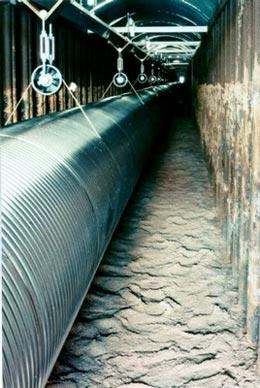 Some people who appeared to have the brain plaques long associated with Alzheimer's disease nonetheless received high scores on tests of their cognitive ability. Participants who did well on the tests were likely to have spent more years in school. (Credit: iStockphoto/Don Bayley)
Some people who appeared to have the brain plaques long associated with Alzheimer's disease nonetheless received high scores on tests of their cognitive ability. Participants who did well on the tests were likely to have spent more years in school. (Credit: iStockphoto/Don Bayley)From Science Daily:
ScienceDaily (Nov. 11, 2008) — A test that reveals brain changes believed to be at the heart of Alzheimer's disease has bolstered the theory that education can delay the onset of the dementia and cognitive decline that are characteristic of the disorder.
Scientists at the Alzheimer's Disease Research Center at Washington University School of Medicine in St. Louis found that some study participants who appeared to have the brain plaques long associated with Alzheimer's disease still received high scores on tests of their cognitive ability. Participants who did well on the tests were likely to have spent more years in school.
"The good news is that greater education may allow people to harbor amyloid plaques and other brain pathology linked to Alzheimer's disease without experiencing decline of their cognitive abilities," says first author Catherine Roe, Ph.D., research instructor in neurology.
Read more ....















































